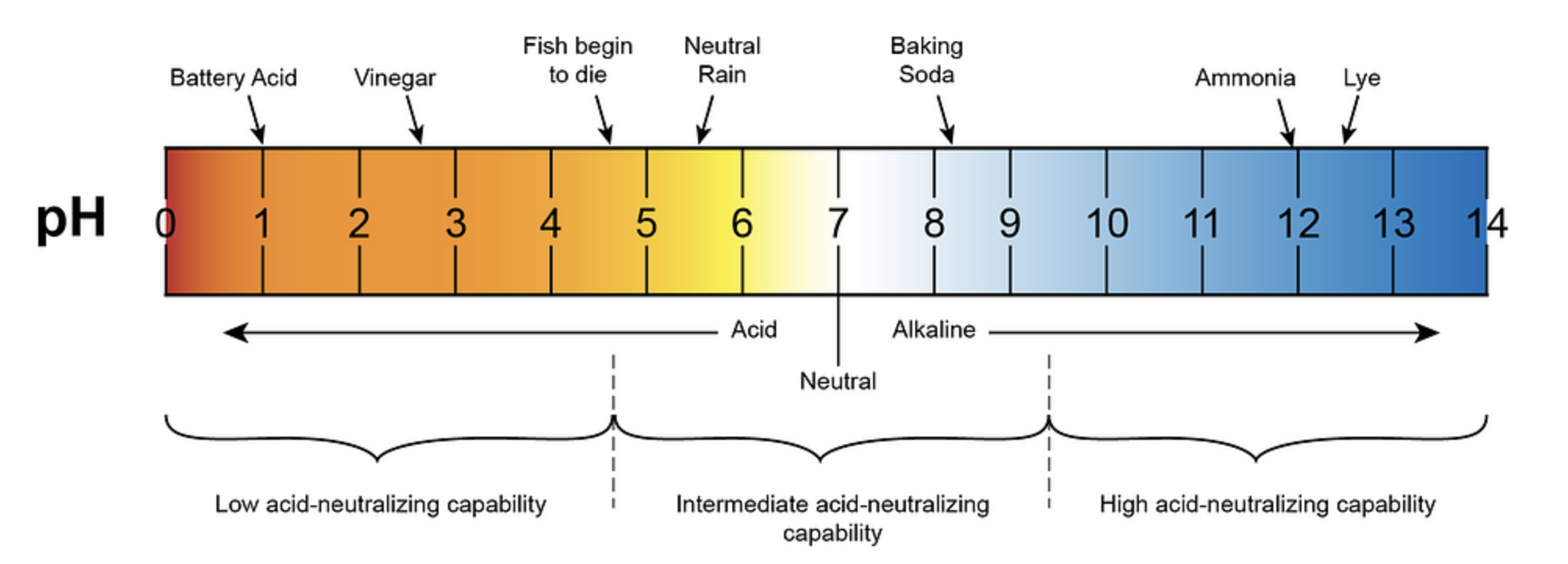The pH of lake water is a crucial factor in determining the health and balance of the aquatic ecosystem. It is a measure of the hydrogen ion concentration in the water, with a scale ranging from 0 to 14, where 7 is neutral, below 7 is acidic, and above 7 is basic. Maintaining the optimal pH range is essential for the survival and thriving of various aquatic organisms, including fish, plants, and microorganisms.
Understanding the Ideal pH Range for Lake Water
According to the U.S. Environmental Protection Agency (EPA) water quality criteria for freshwater, the optimal pH range for lake water is generally between 6.5 and 9. This range ensures that most aquatic species can flourish and maintain a healthy, balanced ecosystem.
| pH Range | Ecosystem Condition |
|---|---|
| Below 6.5 | Acidic, potentially harmful to aquatic life |
| 6.5 – 9.0 | Optimal, supports diverse aquatic life |
| Above 9.0 | Basic, can be stressful for some species |
Fluctuations in pH or sustained pH outside this range can stress many aquatic species, leading to decreased growth, disease, or even death. This can ultimately reduce biological diversity in lakes and alter the community composition, potentially causing long-term imbalances in the ecosystem.
Factors Influencing the pH of Lake Water
The pH of lake water can be affected by various natural and human-induced factors, including:
- Dissolved Carbon Dioxide: The presence of dissolved carbon dioxide in the water can lower the pH, making the water more acidic.
- Dissolved Organic Carbon: Decomposing organic matter can release acids, leading to a decrease in pH.
- Human Activities: Activities such as dumping, acid rain, mining run-off, and the presence of pine forests can all contribute to changes in the pH of lake water.
Monitoring and Managing the pH of Lake Water
To maintain the ideal pH range in lake water, it is essential to regularly monitor and manage the factors that influence pH. Here are some steps that can be taken:
1. Test the pH Regularly
Use a pH meter or test strips to measure the pH of the lake water on a regular basis. This will help establish a baseline and detect any changes that may indicate potential issues.
2. Manage Nutrient Inputs
Excess nutrients, such as those from agricultural run-off or sewage treatment plants, can lead to algae blooms, which can lower the pH as they consume dissolved carbon dioxide. Implementing best management practices to reduce nutrient inputs can help maintain a healthy pH level.
3. Monitor and Control Acidic Inputs
Acidic inputs, such as those from acid rain or mining run-off, can lower the pH of lake water. Regularly monitoring and controlling these inputs can help prevent long-term acidification.
4. Buffer the Water
In some cases, adding alkaline materials, such as limestone, can help buffer the water and raise the pH if it is too low. However, this should be done carefully and under the guidance of experts, as excessive buffering can have negative impacts on the aquatic ecosystem.
5. Encourage Native Vegetation
Native aquatic plants can help maintain a healthy pH by absorbing nutrients and providing habitat for organisms that contribute to a balanced ecosystem.
By following these steps, lake water pH can be managed to support a diverse and thriving aquatic ecosystem, ensuring the long-term health and sustainability of the lake.
Conclusion
The pH of lake water is a critical factor in maintaining a healthy and balanced aquatic ecosystem. By understanding the ideal pH range, identifying the factors that influence it, and implementing effective monitoring and management strategies, lake water can be maintained within the optimal range to support a diverse and thriving community of aquatic life.

